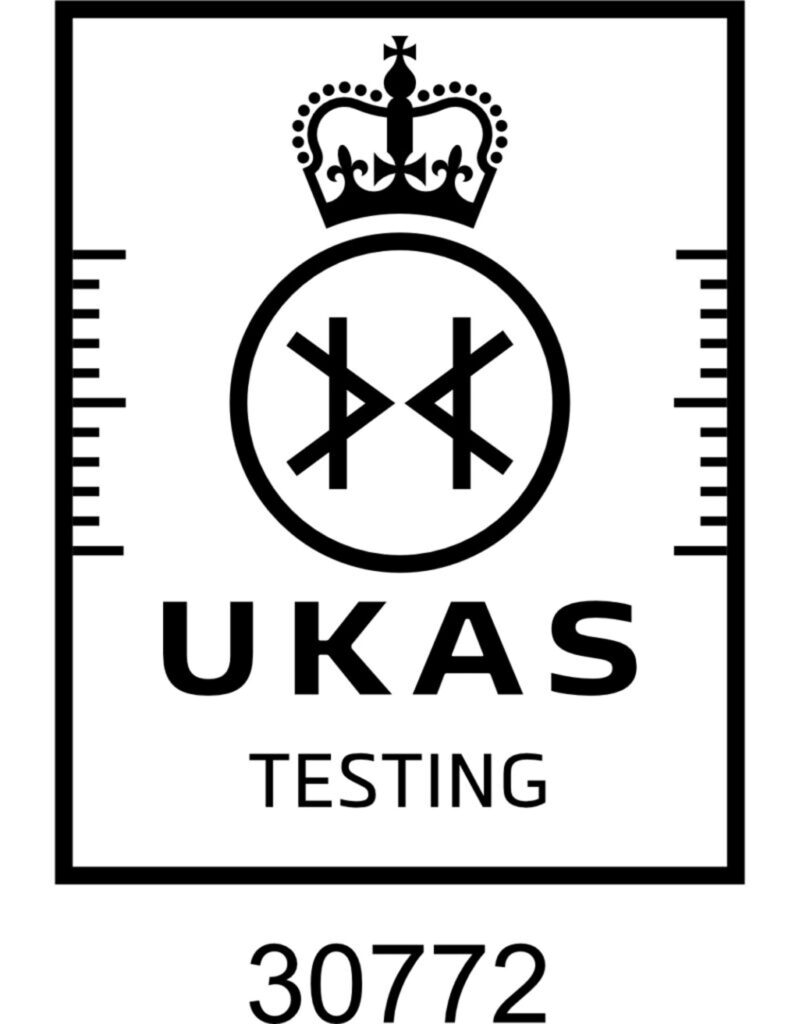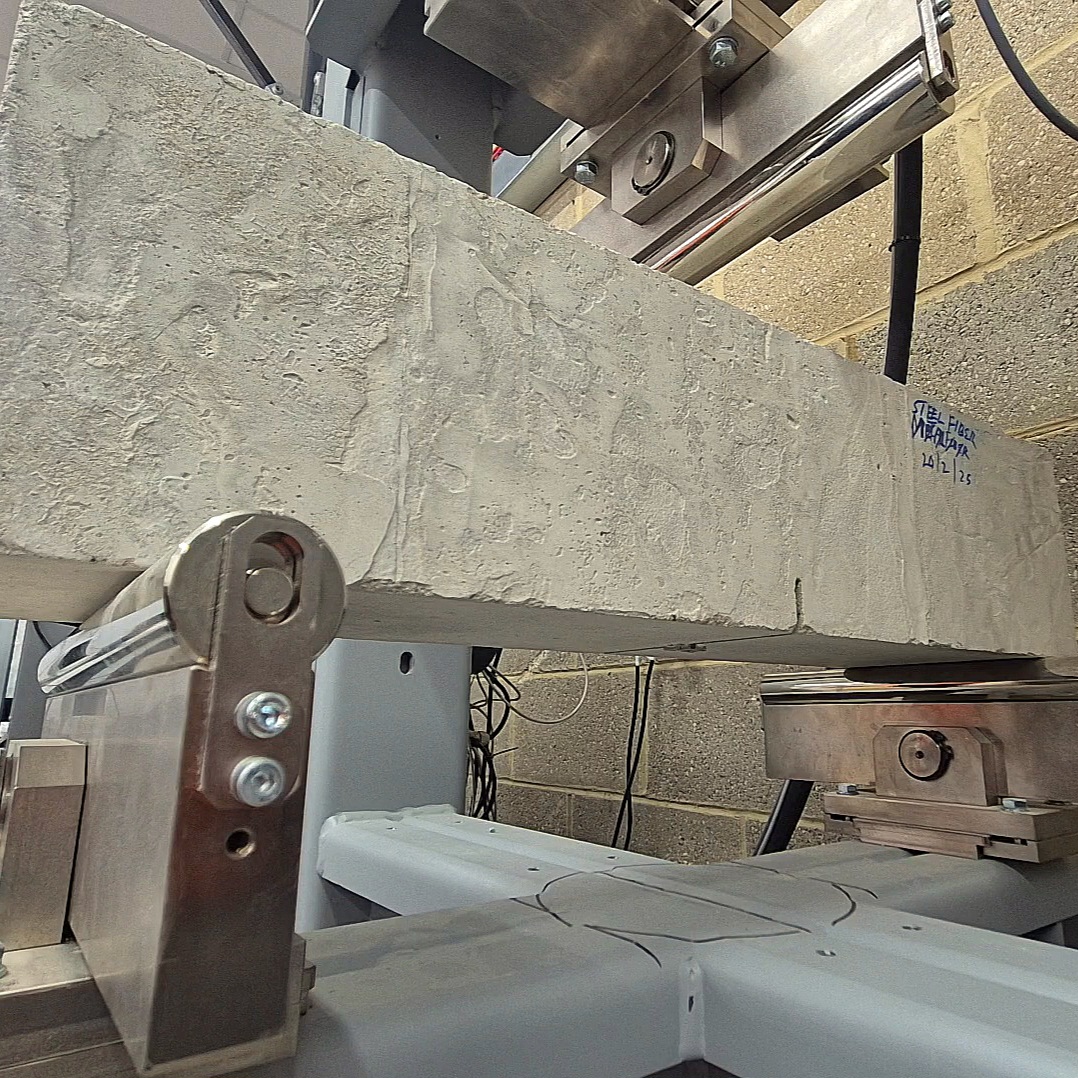
Flexural strength testing evaluates the resistance of concrete beams to bending forces. This test is critical for understanding the tensile strength of concrete, which influences its behaviour under load.
Flexural strength testing is a key component in ensuring the reliability and safety of concrete structures, providing valuable insights into material performance under bending stresses.

AMTEST UK Ltd delivers top-tier services to civil engineering and infrastructure clients across the UK, backed by expert in-house concrete consultants.
Unit A 2D/6, Project Park, North Crescent, London E16 4TQ
Flexural strength testing evaluates the resistance of concrete beams to bending forces. This test is critical for understanding the tensile strength of concrete, which influences its behaviour under load.
Flexural strength testing is a key component in ensuring the reliability and safety of concrete structures, providing valuable insights into material performance under bending stresses.